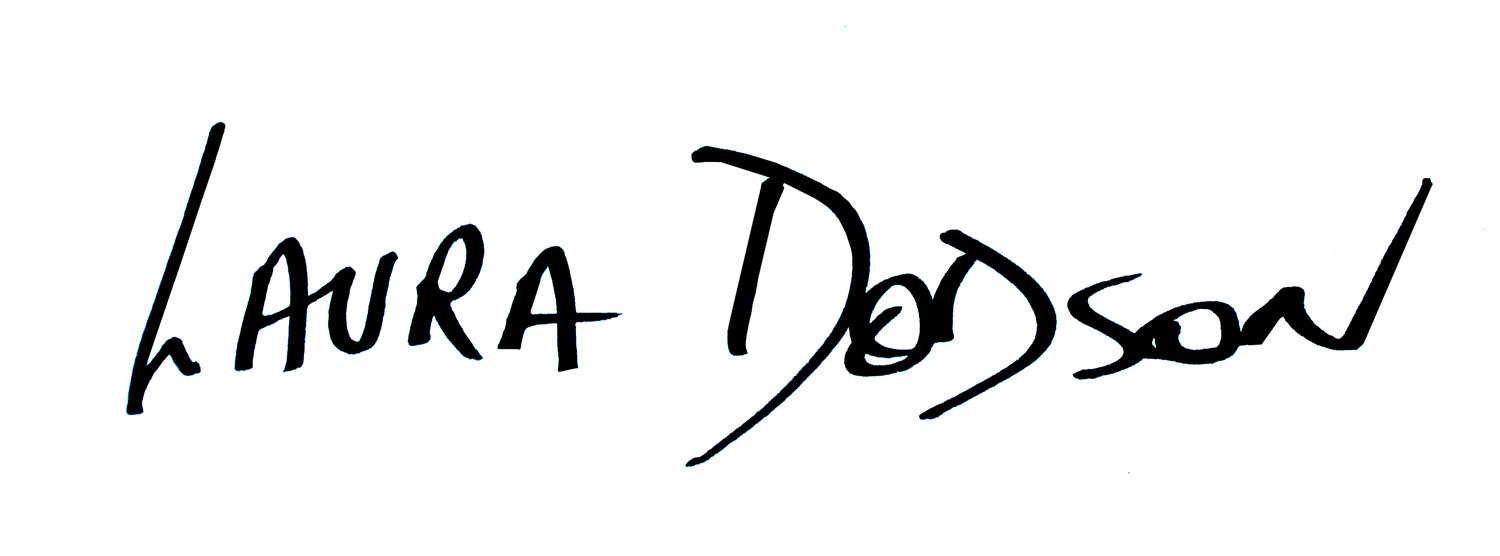LOST AND FOUND EXHIBITION: ATHENS, GREECE. DECEMBER 2023
Curator: Laura Dodson
Inspired by the reclaiming of an Athenian apartment in the historic neighborhood of Victoria Square, the exhibition LOST and FOUND will delve into themes of memory, transformation, and repurposing within the framework of an architectural maze. In this unique setting, a space that is being renovated into a working studio, 28 artists of Greek descent will reflect on the evolving landscapes of time and place, on the rejuvenation of forgotten objects, and on recollections from their own historical narratives.
Essay: Mario Naves
The notion of "lost and found" is predicated on cooperation, albeit of an inadvertent sort. A given item is misplaced by one individual and subsequently discovered by another. What happens to the object depends on the wiles and generosity of the latter party. Will it be placed in a holding space for retrieval by its original owner or, on the logic of "finders are keepers," be taken as a kind of spoil?
Different circumstances entail different resolutions. Within the history of modernism, the "found object" comes with its own tradition, that of repurposing an item whose original function wasn't crafted with art in mind. That's the "losing" part. Finding, in these terms, is a means of recontextualization and, with that, a presumed new lease on life for the object at hand.
The impetus for this exhibition was the reclamation of a post-war apartment of architectural complexity located in Victoria Square. These environs, due for renovation after this exhibition has ended, will serve as the future studio for Artemis Alcalay, who, invited artist Laura Dodson to curate and bring together "Lost and Found."
It's worth mentioning that this space is within the same building in which Alcalay was born-and-raised. Can a person go home again? The American novelist Thomas Wolfe famously replied in the negative. Dodson and Alcalay suggest that you can go home again, but only under conditions that can underline the changes entailing the personal, the cultural and the historical that have since taken place. Which means, in a roundabout way, that the organizers are more in agreement with Wolfe than we might initially assume.
The artists included in "Lost and Found" work in a gamut of styles and a dizzying array of materials. Paint and canvas are in evidence, but so are photography, printmaking, video, dance, thread, wax, and fabric. Antique books are included, as are new technologies and a settee seemingly transplanted from the 19th-century. Does this multiplicity of forms connote, as Dodson writes, "the imagination's ability to supplant loss and desire with hope?" Taking into account the juxtapositions of artworks within their current surroundings, it would be wise not to bet against it.
Besides, the current surroundings are flush in the middle of Athens, a city in which fragments of antiquity are forever being found, repossessed, and held in situ as a means of confirming the ineluctable reach of human accomplishment. What Dodson has done here isn't quite as epochal, nor does it pretend to be. But there is a sweet correspondence between this exhibition and its host city, between the reclamation of time within reach and times long past gone. In that regard, "Lost and Found" taps into currents that are bigger than any single artist can claim and, in doing so, opens them for the rest of us.

